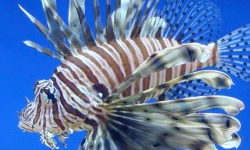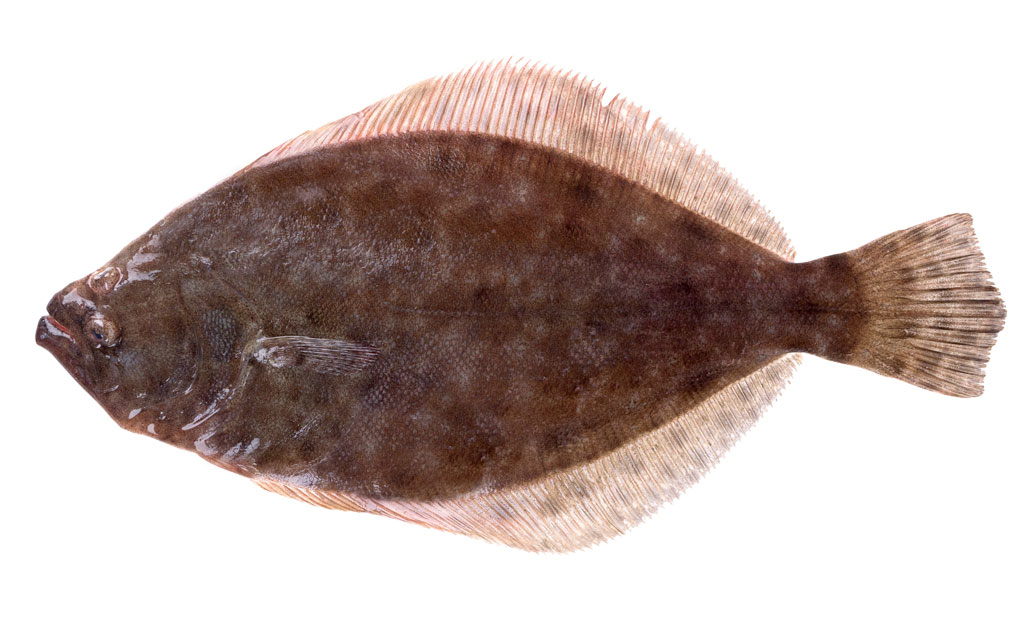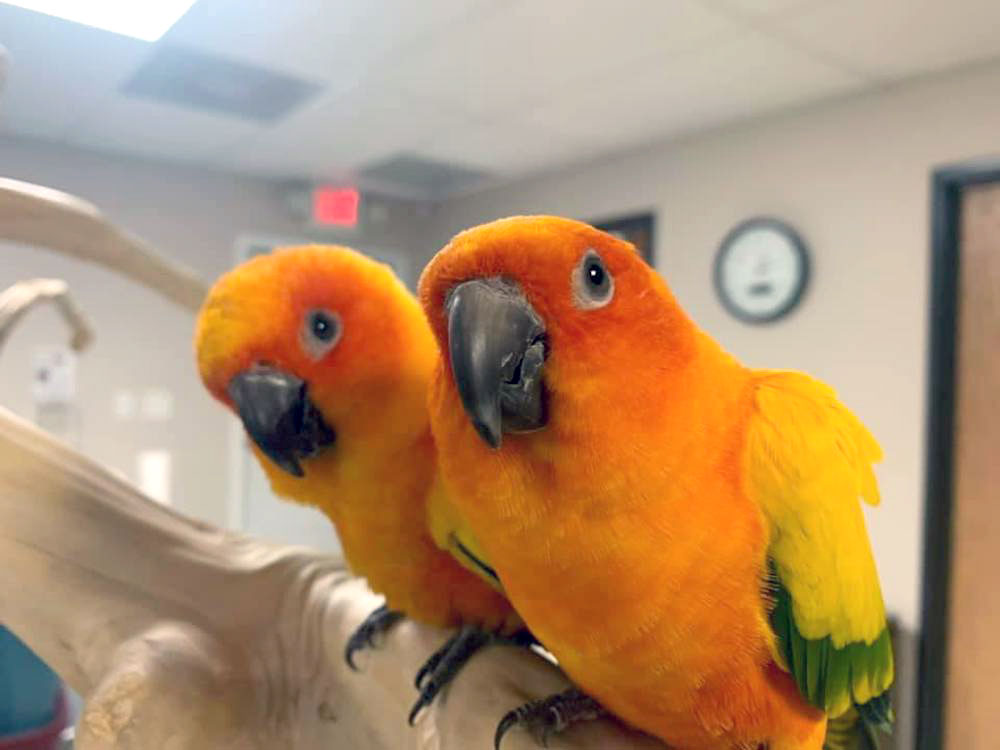
Lionfish are invading the Gulf of Mexico where they eat up the majority of foraging fish other, larger sport fish depend on.
A two-day symposium on the growing invasion of lionfish in Texas Gulf waters will open its doors to public questions about the poisonous invader species from 7 to 8 p.m., Tuesday, Feb. 2. Experts will field questions about the species and its threat to local waters during the event at the Texas State Aquarium in Corpus Christi.
The symposium on Feb. 2-3 is co-sponsored by the Harte Research Institute for Gulf of Mexico Studies and the Texas Parks and Wildlife Department. The goal is to come up with a unified plan to proactively deal with the encroaching species, which has been degrading coastal and marine ecosystems in the Caribbean and the Gulf of Mexico.
Lionfish first appeared in the Gulf in 2010. They have no natural predators in the Gulf and reproduce rapidly. They begin breeding within a year of birth and can release up to 15,000 eggs every four days, all year long. More bad news: they live 10 to 18 years. That's a lot of lionfish!
And they eat any and every thing, cutting into the supply of foraging fish that larger game fish depend on to survive. They eat shrimp, crab, octopus and even other lionfish, though not enough of those to make a difference.
Because of their colorful and exotic looks, lionfish were once popular in home aquariums — until they ate all the other fish. Disgruntled owners discarding their ever growing fish into nearby waters are believed to be the cause of an invasion that has negatively affected coral reefs in Bermuda and the waters around the Caribbean Islands, Central America and northern South America as well as the Gulf of Mexico.
The aforementioned poison is on the dorsal, pelvic and anal fin spines, which are sharp enough to penetrate wet suits. Although not fatal, the venom is extremely painful and can cause severe swelling in punctured areas.
The good news is that they these exotic looking fish are good to eat, with a mild, sweet, flaky flesh as tasty and safe as any snapper or grouper species. Several websites offer recipes for cooking lionfish. You can find recipes on the Lionfish Hunters website or on reefs.org., which even has a lionfish cookbook
The Texas State Aquarium is located at 2710 N. Shoreline Blvd., Corpus Christi, Texas 78402. Guests will enter at the Aquarium’s Wild Flight gate to the left of the building, where they will be directed to the forum in the aquarium lobby.





